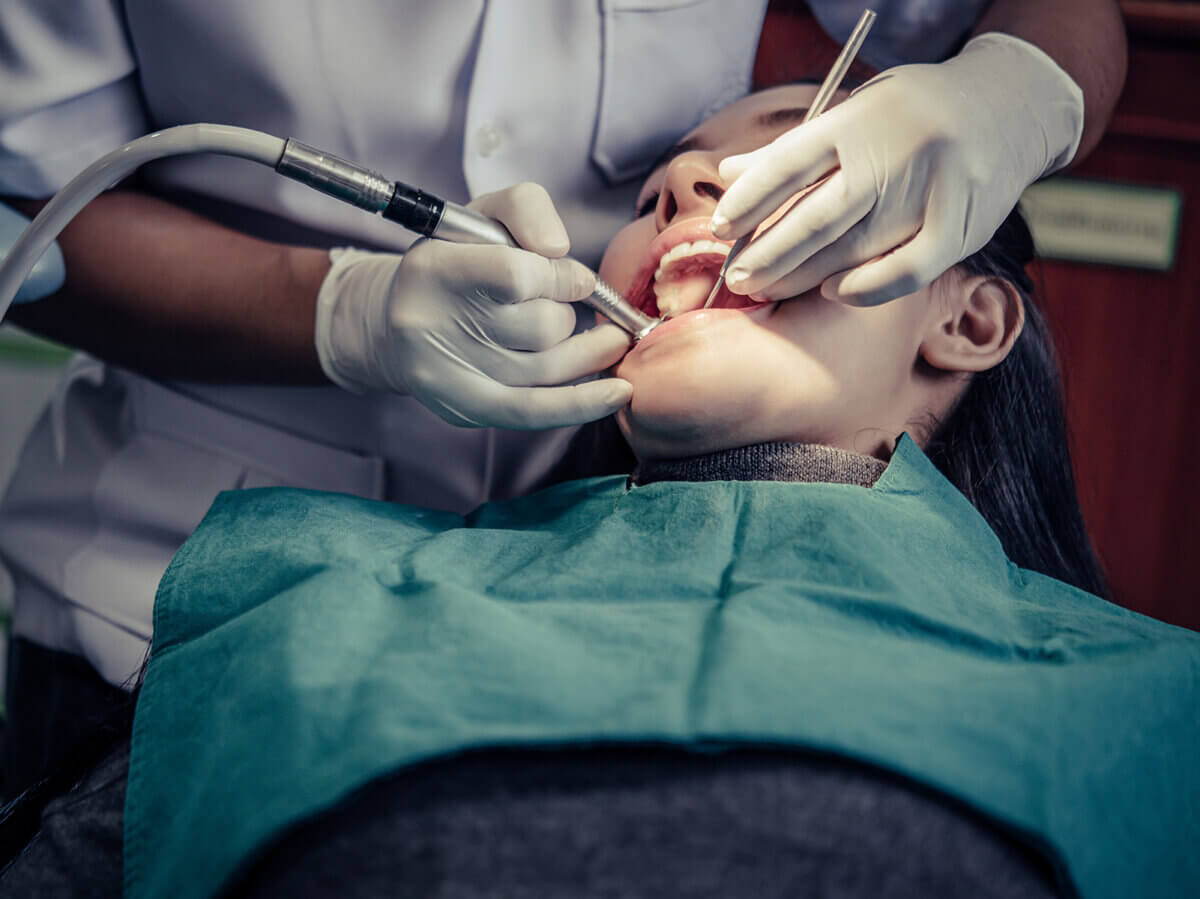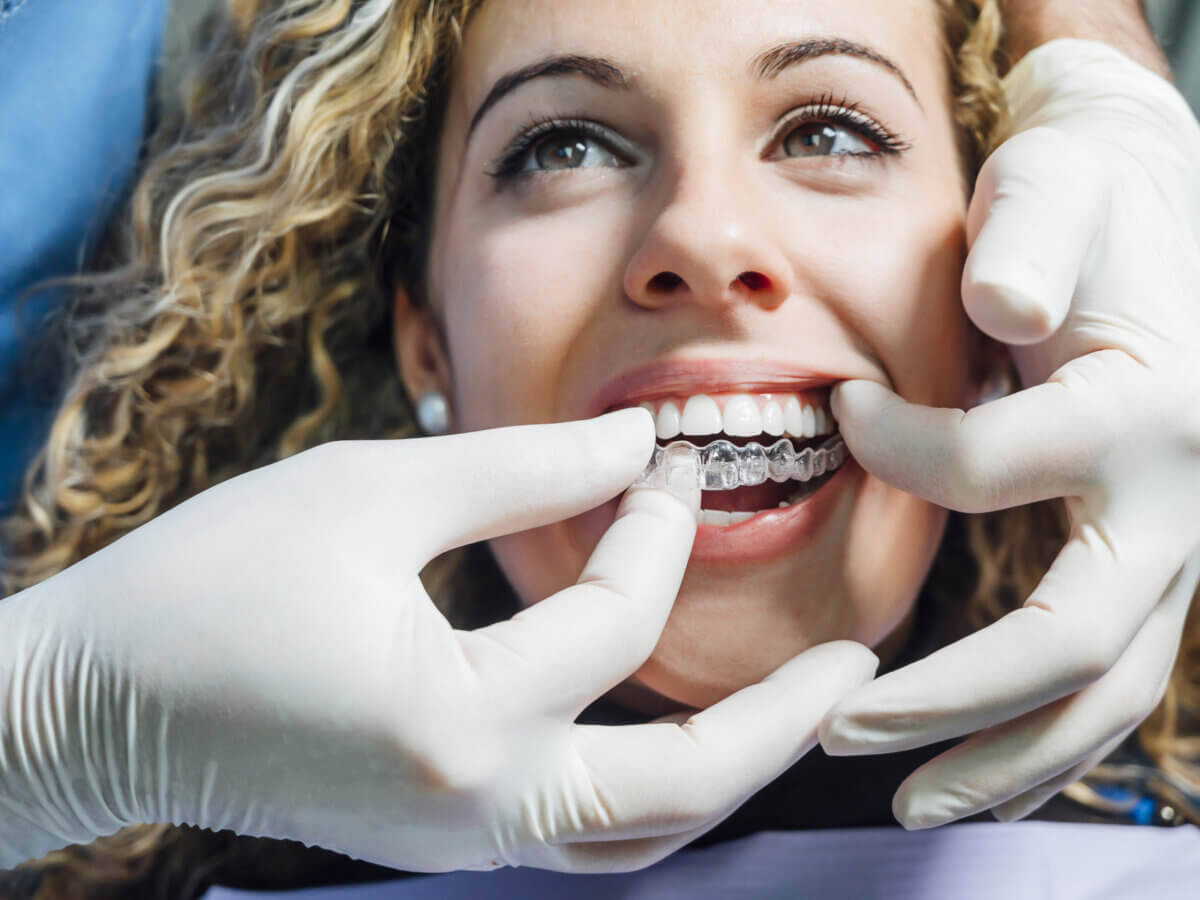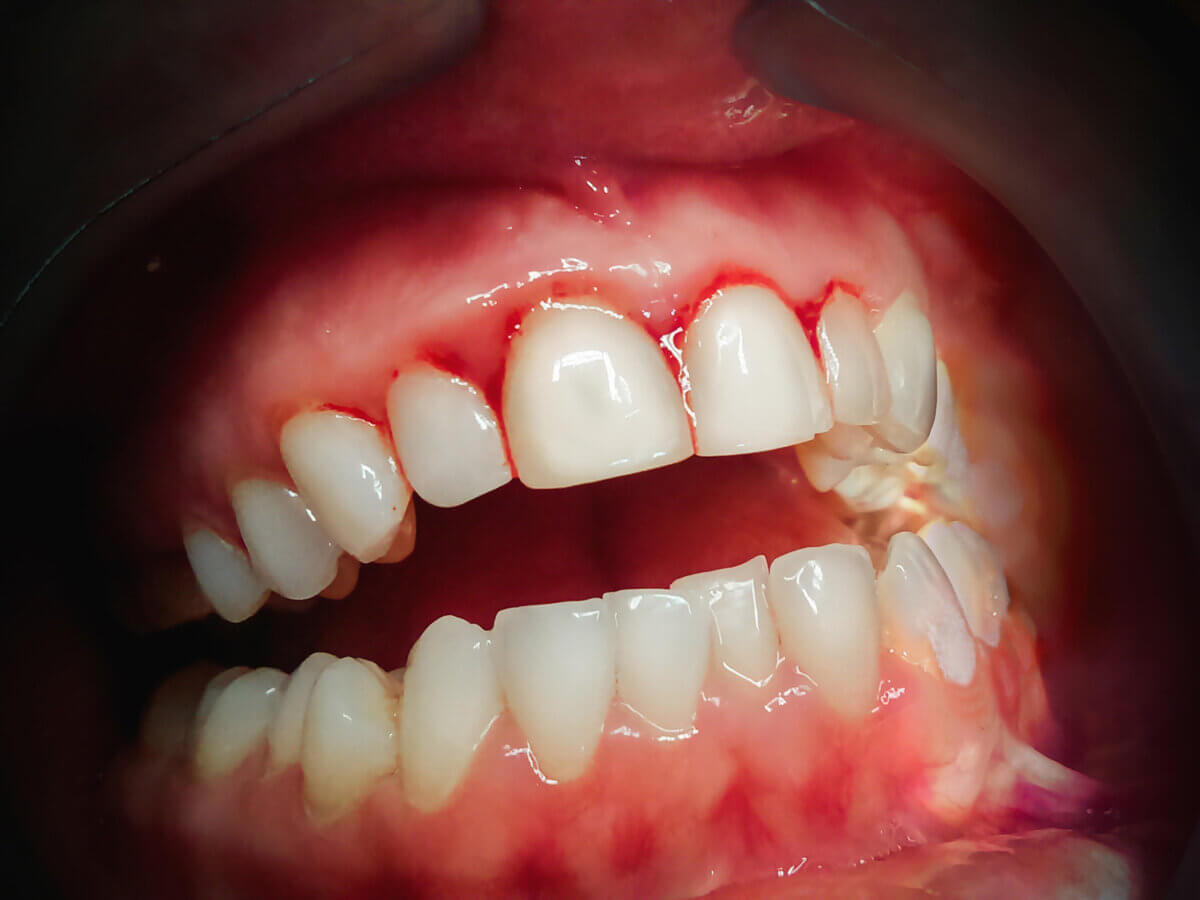Dental implants have revolutionized dentistry, offering a robust and natural-looking alternative for replacing missing teeth. Although dental implant surgery is typically safe and effective, the recovery phase is pivotal for ensuring a successful outcome.
Recovery time for dental implant surgery varies among individuals and is influenced by several factors. This article delves into these factors and offers insights on optimizing your post-surgery recovery.
Factors Affecting Recovery Time
- Overall Health and Wellness:
Your general health significantly influences your post-surgery recovery. Individuals in good health usually experience a more streamlined recovery. However, chronic conditions like diabetes or autoimmune disorders can prolong healing and elevate the risk of complications.
Healing Tip: Prior to dental implant surgery, it’s crucial to share your medical history and any existing health conditions with your oral surgeon. They can provide tailored advice on managing your health during the recovery phase.
- Bone Density and Quality:
The health of your jawbone is central to the success of dental implant surgery and its recovery duration. A robust jawbone ensures the implant securely integrates over time. If your bone isn’t sufficiently dense or healthy, preparatory procedures like bone grafting might be necessary.
Healing Tip: Ensure your jawbone is primed for the implant to minimize recovery time.
- Number of Implants:
The quantity of dental implants you get in one session can influence your recovery duration. More implants mean a more involved surgery, potentially leading to an extended recovery.
Healing Tip: If you’re apprehensive about a prolonged recovery, discuss the feasibility of multiple implant placements with your oral surgeon.
- Implant Location:
The implant’s position in your mouth can also affect recovery. Implants in the front (anterior) usually heal faster than those at the back (posterior) because the latter endure more stress during chewing.
Healing Tip: If you’re receiving implants at the back of your mouth, brace for a slightly extended recovery and adhere strictly to post-operative care guidelines.
- Smoking and Tobacco Use:
Tobacco use, especially smoking, can considerably lengthen recovery time. Smoking hampers blood flow, diminishes oxygen levels, and weakens the immune system, all vital for healing. Smokers face a heightened risk of complications like implant failure and infections.
Healing Tip: If you smoke, consider quitting or at least refraining during the recovery phase to expedite healing and enhance the success of your implants.
- Oral Hygiene and Post-Operative Care:
Diligent oral care and adherence to post-operative instructions are vital for a swift recovery. This includes using recommended mouthwashes and avoiding certain foods to stave off infections and complications.
Healing Tip: Uphold stringent oral hygiene throughout your recovery to mitigate complications and hasten healing.
- Diet and Nutrition:
Your dietary and nutritional choices can impact your body’s healing capacity post-surgery. A diet rich in essential vitamins and minerals, especially vitamin C and calcium, promotes tissue repair and bone health.
Healing Tip: Collaborate with your oral surgeon or a nutritionist to ensure you’re consuming foods and supplements that bolster your recovery.
Conclusion
The recovery duration post dental implant surgery is influenced by various factors. While some elements, like your inherent health and bone quality, might be unalterable, there are proactive measures you can adopt to enhance your recovery. Patience during this phase is paramount. Should you harbor any concerns about your healing progress, always consult your oral surgeon for advice.






